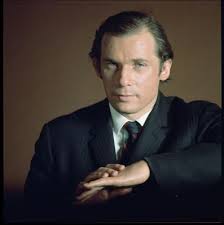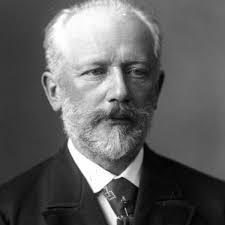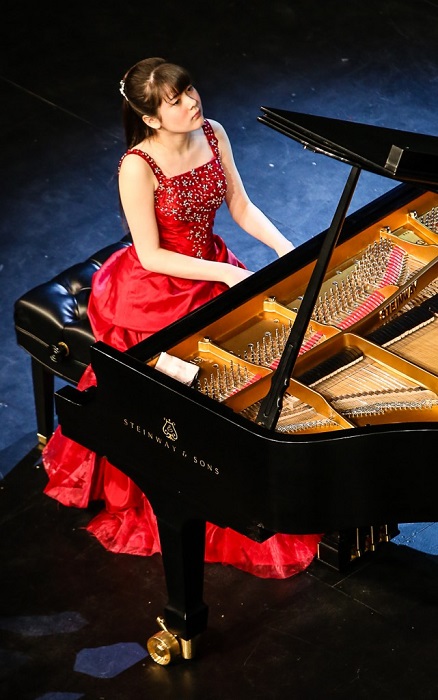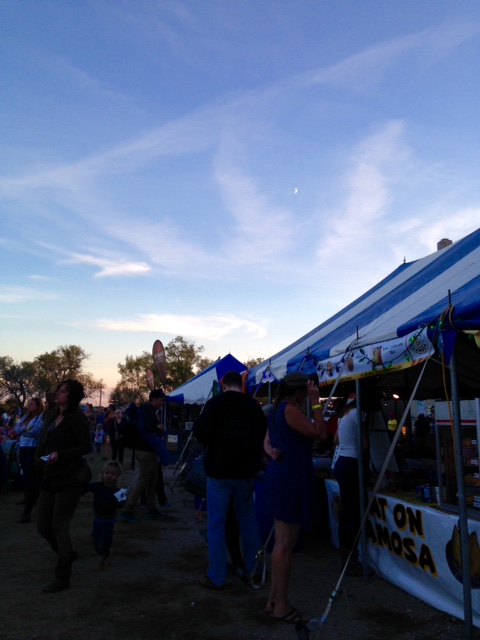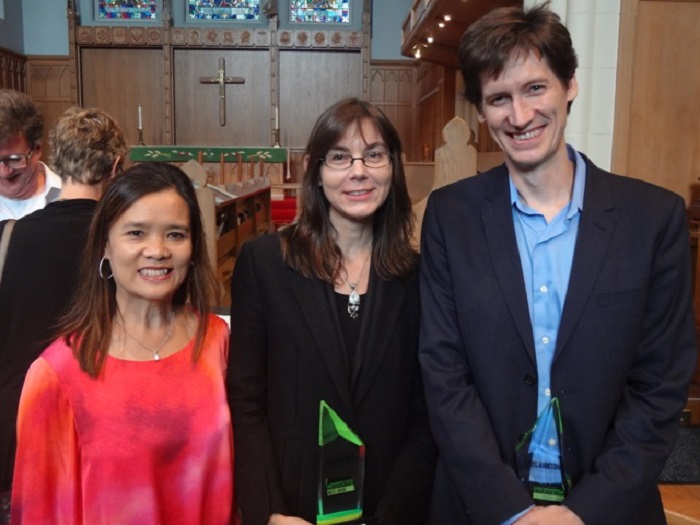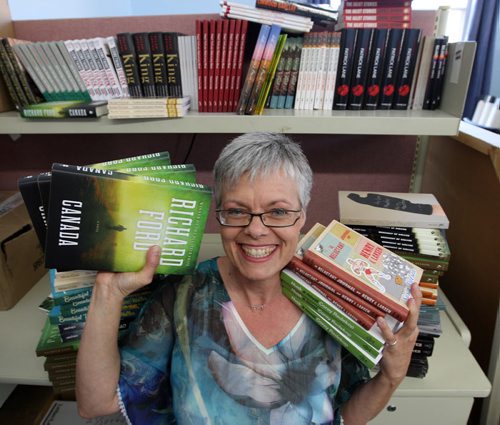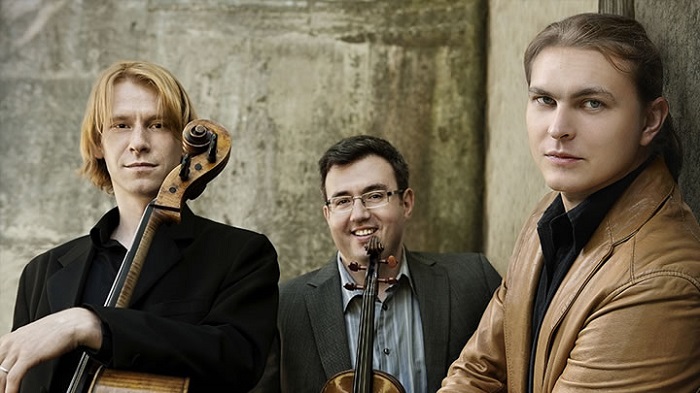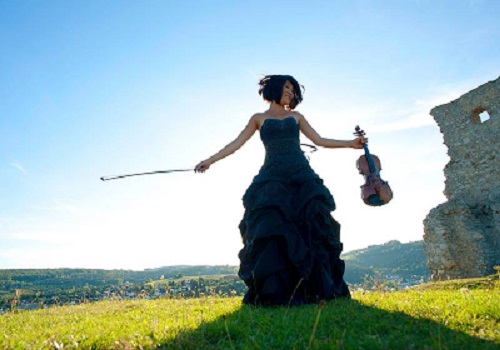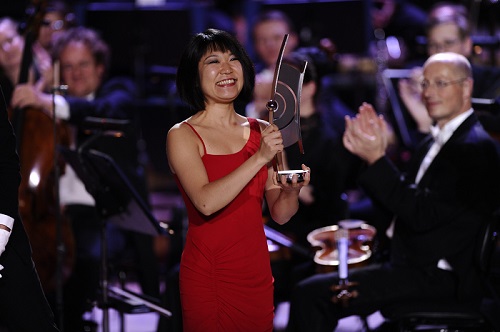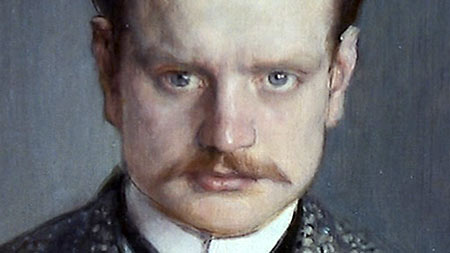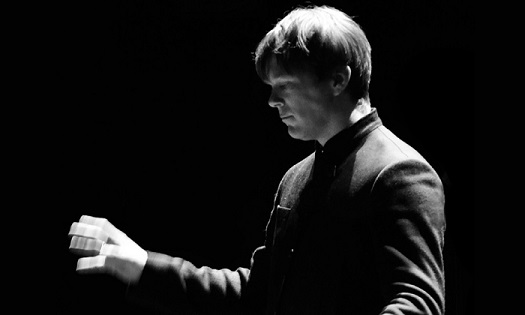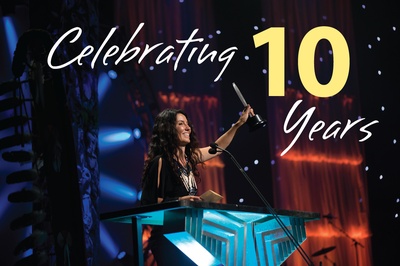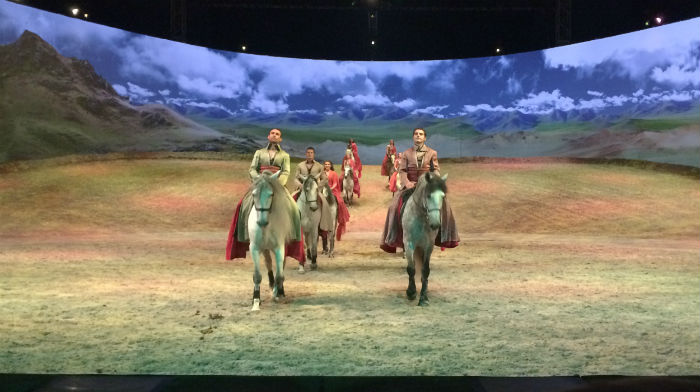Arts & Culture
Classic 107 goes back to school: études on Saturday morning at 9
Back to school never sounded so good—study hour meets the concert hall Students are heading back to school, so we're dedicating this Saturday’s 9 AM hour to a curated “Hour of Etudes”—an inspiring, study-friendly musical journey to kickstart their morning! 🎶📚 9:00 – Chopin: The First Four Études from Op. 25 (Murray Perahia, piano) Chopin’s Op. 25, published in 1837, is a set of 12 études that revolutionized the genre—transforming technical piano exercises into poetic masterpieces. The first of these, Op. 25 No. 1 in A-flat major, is famed for its sweeping arpeggios and harmonic beauty. Schumann called it “a poem rather than a study,” calling it the "Aeolian Harp" . This opener is both technically rich and deeply expressive. 9:07 – Heinrich Wilhelm Ernst: Études Nos. 4 & 5 for Violin and Piano (Josef Špaček, violin; Gordon Back, piano) Ernst was a virtuosic violinist and composer of the 19th century, renowned for pushing violin technique through dazzling difficulty. His études for violin and piano are demanding showcases of dexterity and musical flair—perfect for transitioning from piano brilliance to string virtuosity. (While detailed notes on these specific études are rarer, Ernst’s reputation for flame-bright virtuosity shines through.) 9:14 – Franz Berwald: Etude for Orchestra "Foot Race" (Galve Symphony Orchestra under Petri Sakari) Swedish composer Franz Berwald (1796–1868) was celebrated for his bold, innovative orchestral writing. “Foot Race” is a playful orchestral étude—an energetic, light-hearted study of orchestration and rhythmic drive, bringing a burst of color and momentum to your hour. 9:22 – Rode: Études for Solo Violin Nos. 11 & 21 (Axel Strauss, violin) Pierre Rode (1774–1830) was a student of Viotti and a pillar of the French violin school. His 24 Caprices and études remain staples of violin pedagogy, known for elegant lyricism and technical polish. Numbers 11 and 21 in this broadcast likely highlight bow control, phrasing, and expressive refinement—study tools in their own right. 9:32 – Reynaldo Hahn: From His Latin Études—“Phyllis” (Susan Graham, mezzo-soprano; Roger Vignoles, piano) Reynaldo Hahn (1874–1947) was a marvelous melodist, especially acclaimed for his mélodies. “Phyllis,” from his Latin Études, showcases his lyrical gift and elegant vocal writing. This vocal étude is both charming and refined—an intimate interlude before your next orchestral showcase. 9:35 – Rachmaninoff: Étude-Tableau “La Mer et les Mouettes” Op. 39 No. 2 (Toronto Symphony Orchestra under Mario Bernardi) Rachmaninoff’s Études-Tableaux are vivid “study pictures”—musical snapshots full of mood and atmosphere. Op. 39 No. 2, "The Sea and the Seagulls," evokes the ebb and flow of water and the cries of gulls, blending orchestral color with cinematic imagery—an immersive and evocative work. 9:43 – Liszt: Transcendental Étude No. 8 “Wilde Jagd” (Evgeny Kissin, piano) Background: Liszt’s Transcendental Études (final version published 1852) are legendary for their technical ferocity and poetic scope. No. 8, “Wilde Jagd” ("Wild Hunt"), is especially thrilling—opening with “Presto furioso,” it features explosive leaps, dramatic intensity, and sweeping bravura that mimic the chase of the mythical wild hunt. A powerful high point for your hour. 9:47 – Guillaume Lekeu: Étude Symphonique No. 2 “Ophélie” (Liège Philharmonic under Pierre Bartholomée) Background: Guillaume Lekeu (1870–1894) was a Belgian composer whose brief life produced music of profound emotion. His Étude Symphonique No. 2, “Ophélie,” likely engages tragic Romanticism and orchestral nuance—capturing Ophelia’s fragile and haunting beauty through symphonic study. 9:54 – Debussy: From Études, Book 1—“Pour les sixtes” (Mitsuko Uchida, piano) Background: Debussy’s Études (book 1, 1915) are impressionistic pillars of modern piano technique and color. “Pour les sixtes” (“For Sixths”) focuses on intervals of sixths, exploring shimmering harmonic textures and delicate voicings. Uchida’s performance promises elegance and poetic subtlety. Why an “Hour of Etudes” Is Perfect for Students This hour is more than music—it’s a journey through studies that transcend their technical purpose. Each piece brings its own mood, color, and inspiration—ideal for setting a study atmosphere or offering a reflective, cerebral pause. From Chopin’s poetic arpeggios to Liszt’s fiery virtuosity, this program is a mini-masterclass in musical expression. Enjoy the broadcast—and to all the students tuning in: happy listening, and may your studies be as inspiring as these masterpieces!







